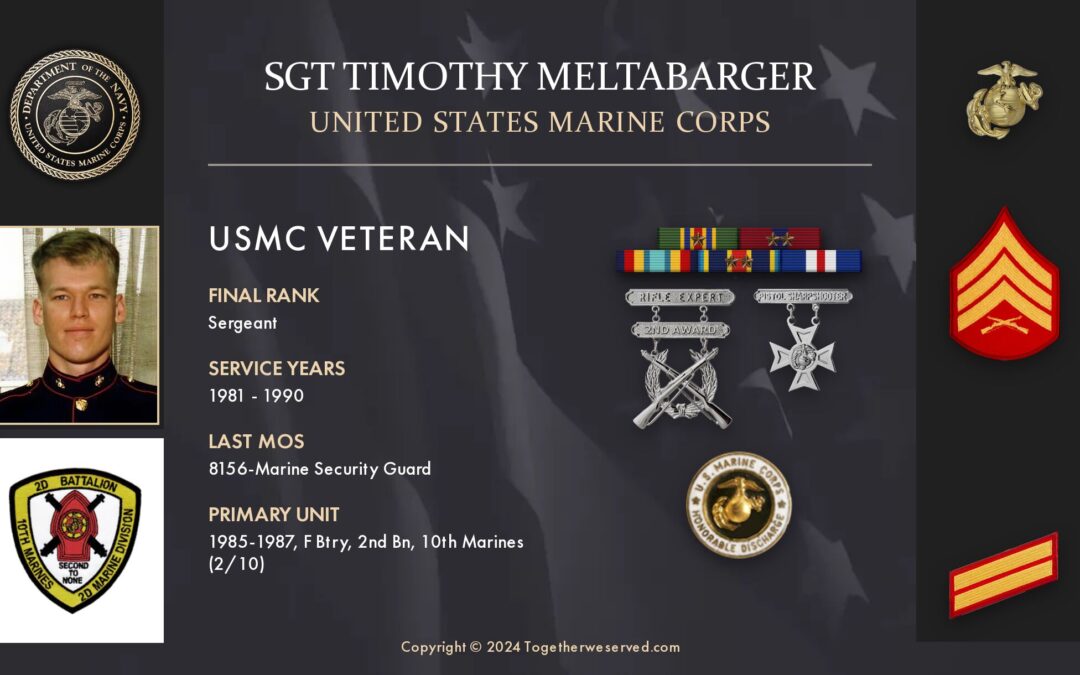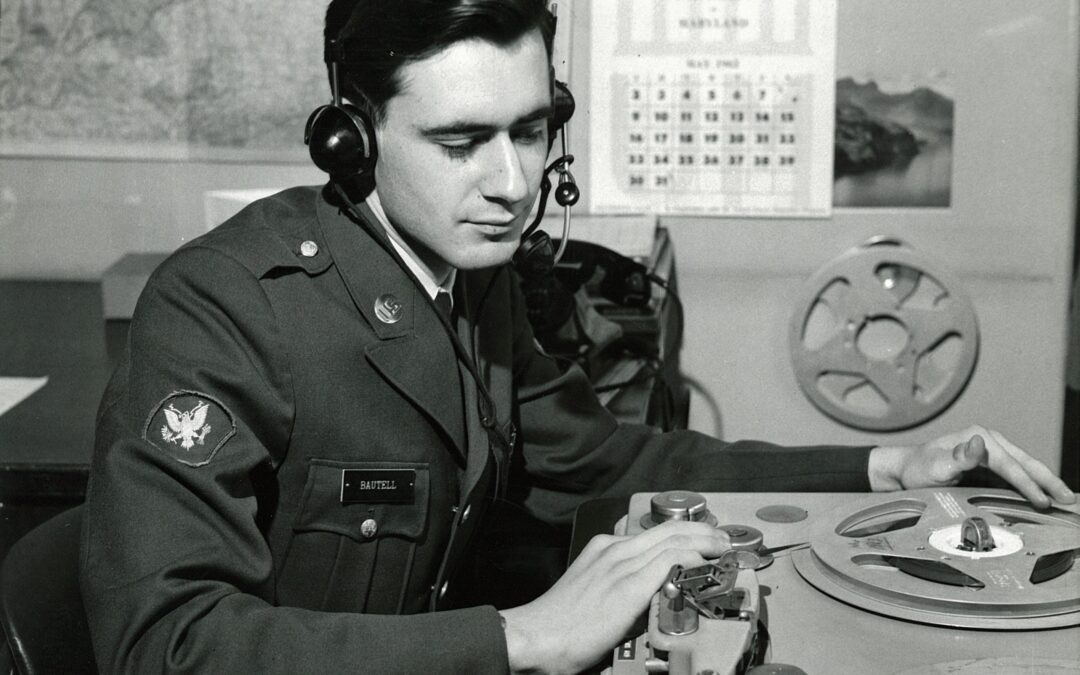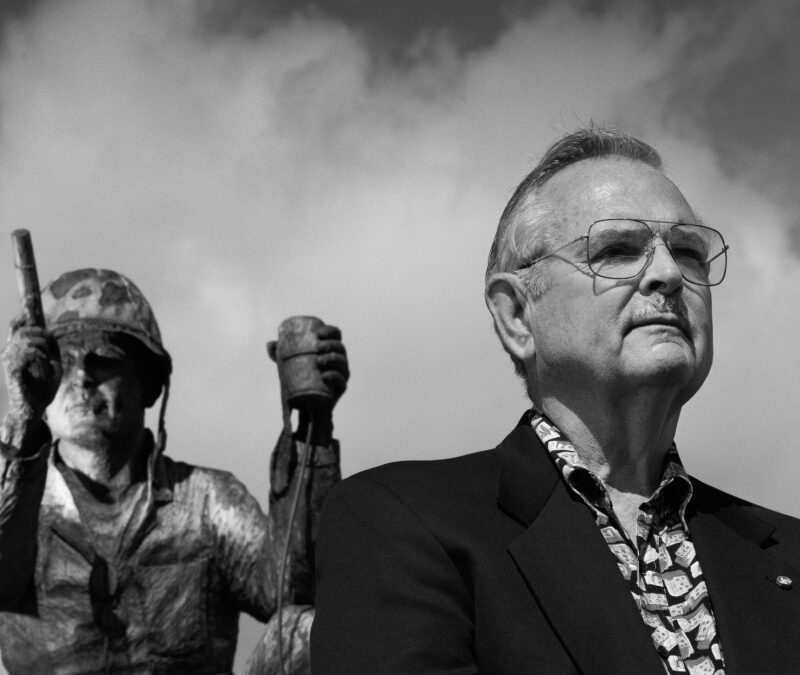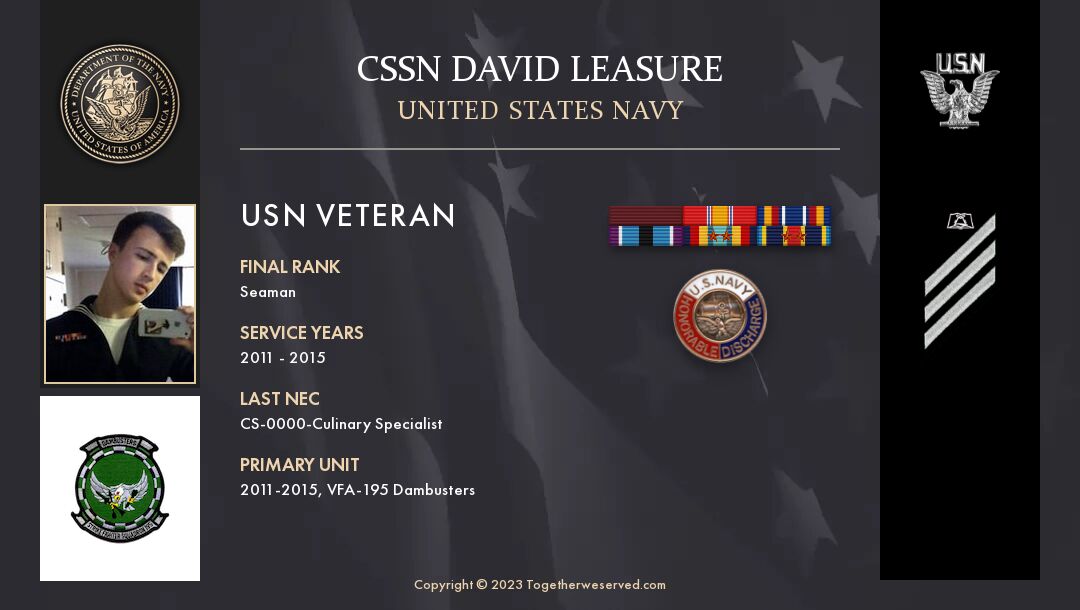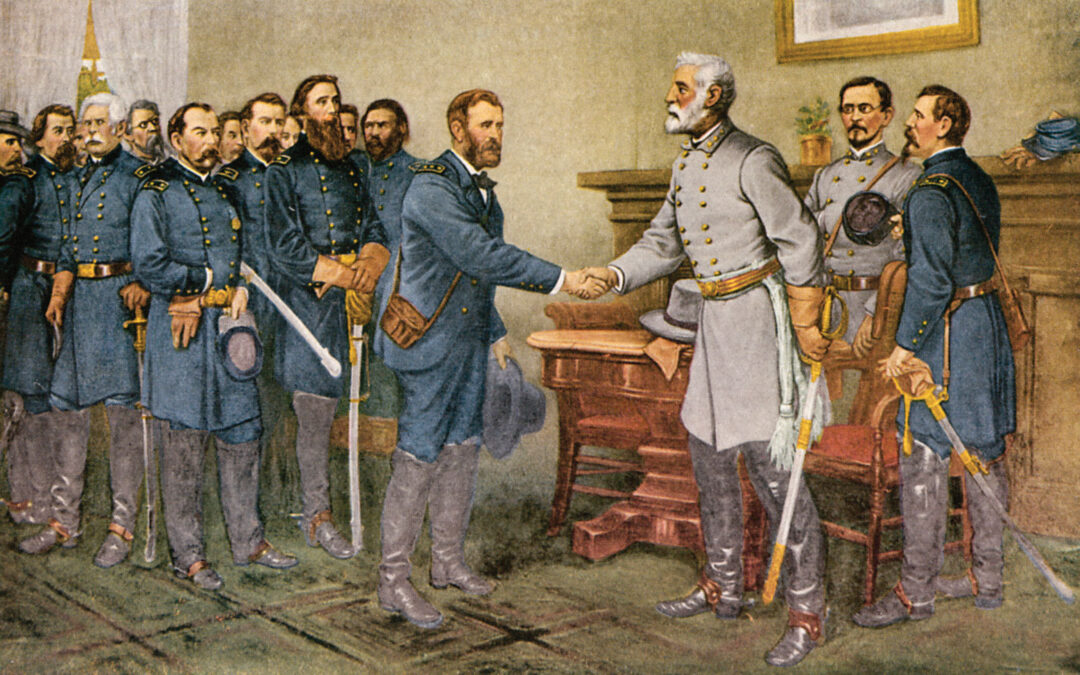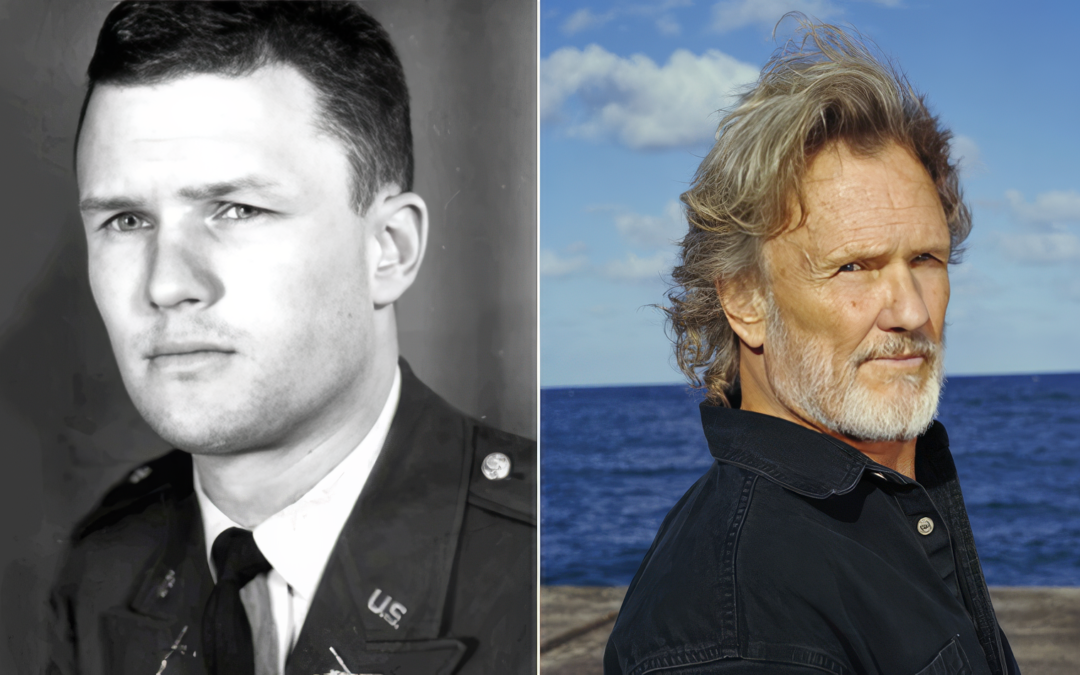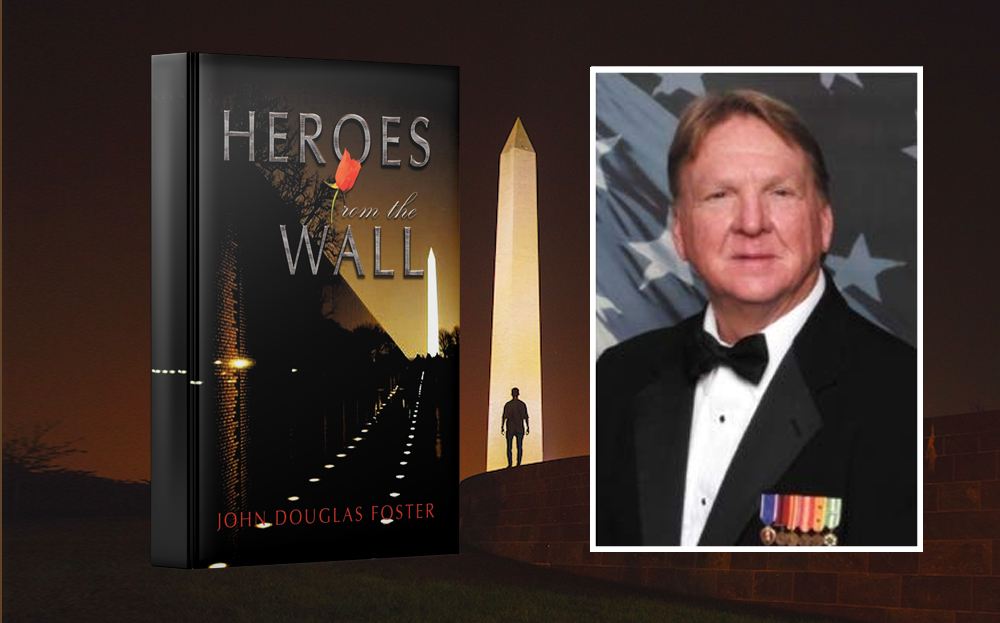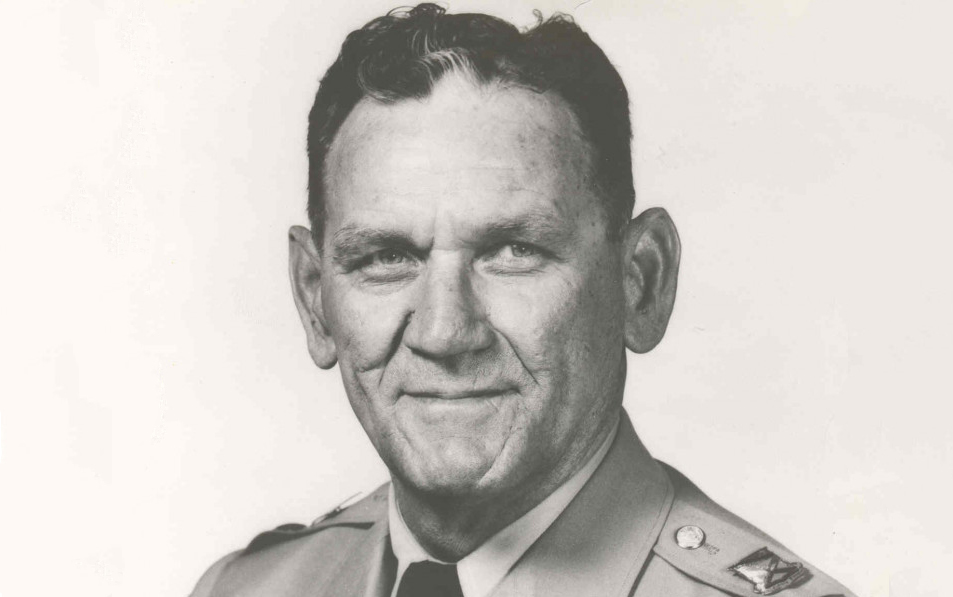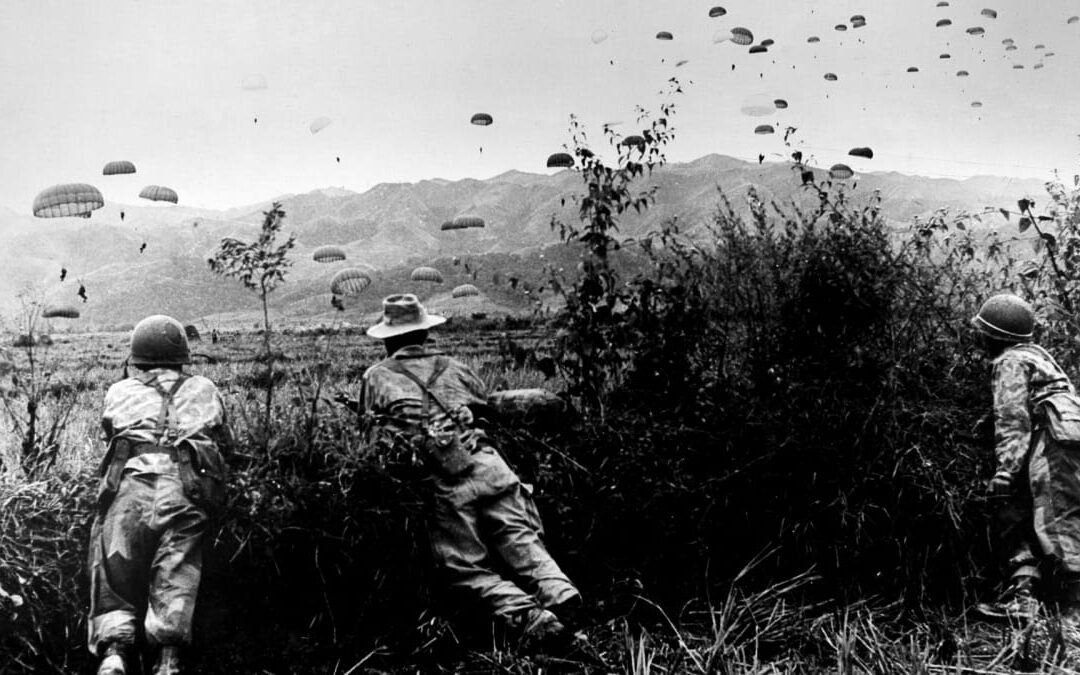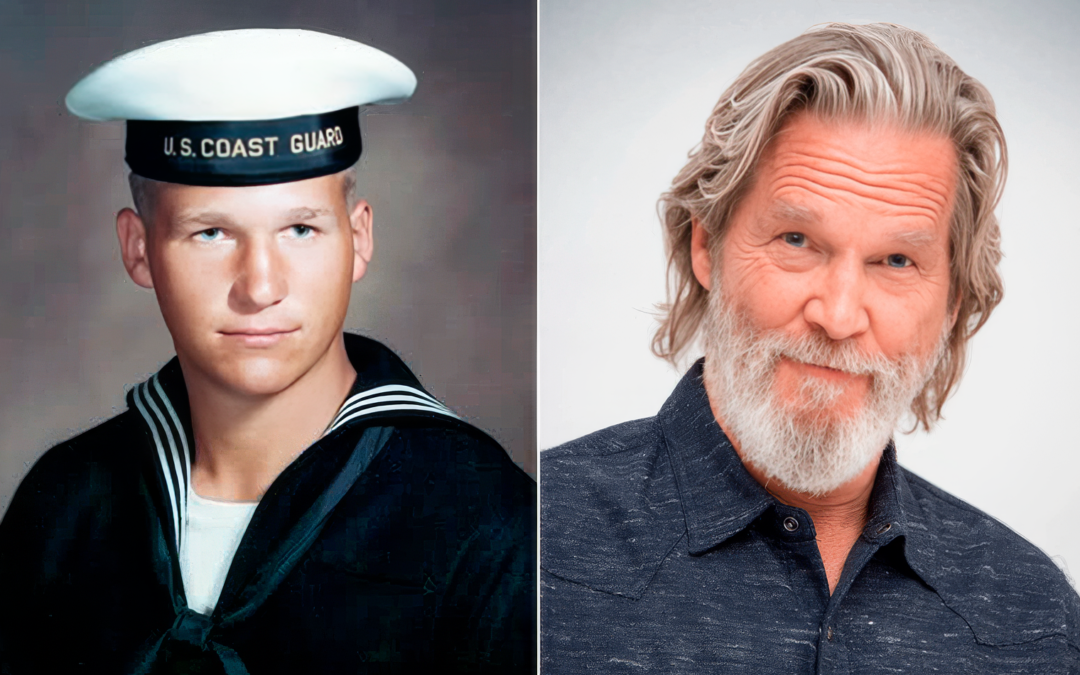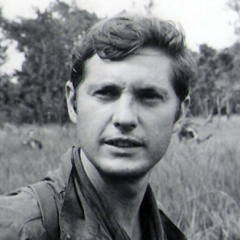When I graduated from High School in 1980, I was about four months away from turning 18. I worked in the Oil Field with my brother through the Summer and decided that I needed to get an education, so I enrolled in a Technical College in Okmulgee, Oklahoma. I entered college as the hostages in Iran were being released. I was in a drafting program and sat at a table in a classroom with about 40 people. About 25 percent were veterans, and none were Marines. We had a radio that played in the classroom, and on March 30, 1981, I listened to the news of Reagan being shot. When the semester was over, I decided to quit college and go back home and do something greater. Exactly what, I had not decided.
